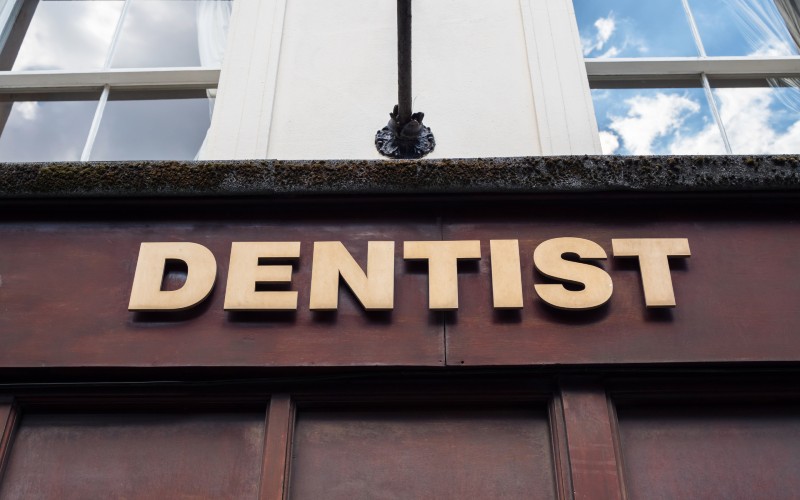
Many of our dental clients started off as practice owners through the traditional route of buying an existing practice, or by going into partnership with their then principals and eventually buying them out over time. That method has a degree of certainty, in that they are buying an established practice, with its goodwill built up over many years, and an existing list of patients who will hopefully remain with the practice going forward.
However, buying an existing practice involves a greater outlay in terms of purchasing goodwill, and there is less scope to build their own style of practice. Some therefore prefer the idea of setting up a squat practice from scratch, with a greater degree of flexibility to create a practice exactly the way they want to.
When looking at creating a squat practice, there are some key areas to consider, and there are of course some risks involved in taking this approach. However, with the right level of planning, a squat could be a perfect starting block for a successful practice.
Location
It goes without saying that the location of a squat practice is very important. What are the demographics in any given area? How well serviced is the current population, and are there any developments such as new housing which will create additional need for dental treatment?
Closely aligned to that question is whether the location is better suited to NHS or private dentistry, or whether a mixed practice would draw patients in.
Premises
Once you have narrowed down location, the next challenge is to find the right premises. Bear in mind that you may need to apply for Planning Permission for change of use depending upon what the premises is currently used for.
You may be looking to buy premises, although obviously that will involve more expenditure, and you would need to be comfortable with that. The alternative is to lease premises from a landlord, which will mean less capital outlay, but obviously you won’t own the building in that circumstance.
If you decide to lease, you will want to consider how long to lease for. You will be keen for the practice to be successful, but if for some reason things don’t go to plan, it may be useful to have a break option so that you can terminate the lease at a certain point. It hopefully won’t be necessary but the option could be very welcome.
Funding
Finally, and rather obviously, you will need to consider how to fund the set up of the practice, and also working capital for the initial period when there won’t be a great deal of money coming in. Unlike the acquisition of an existing practice, where banks tend to be keen to provide funding, setting up a squat practice carries a great deal more risk, and so banks tend not to be keen to fund such a venture, or if they can, would only do so with a significant contribution from the buyer. You therefore need to think very carefully about how to fund the project.
There can be a number of challenges with squat practices, but with the right level of planning and advice, you can create a practice just as you want it.
